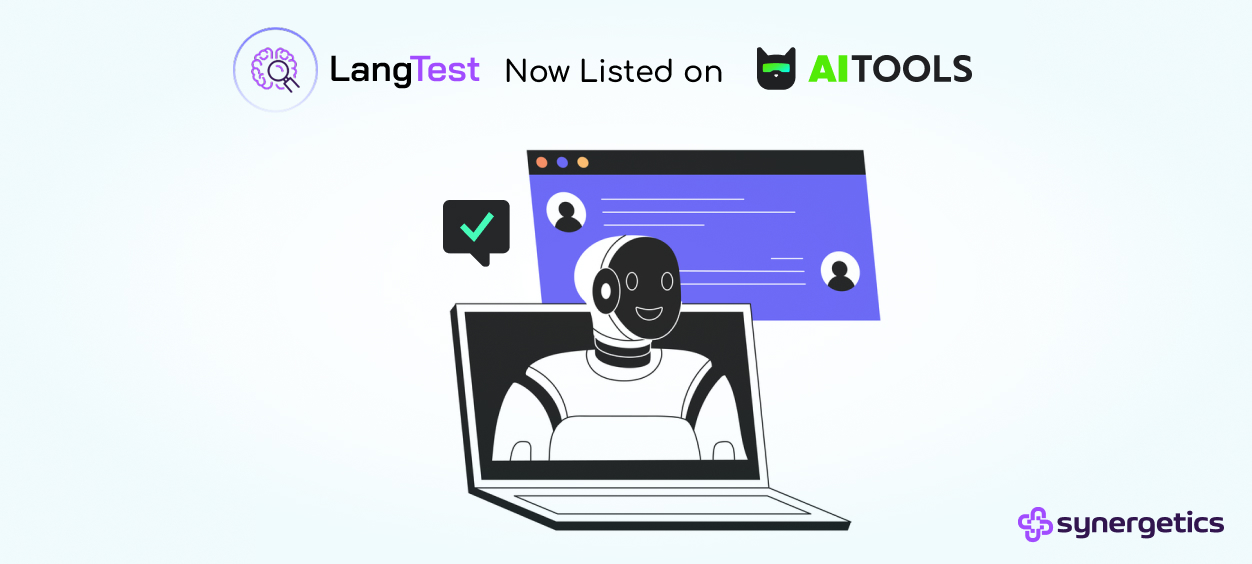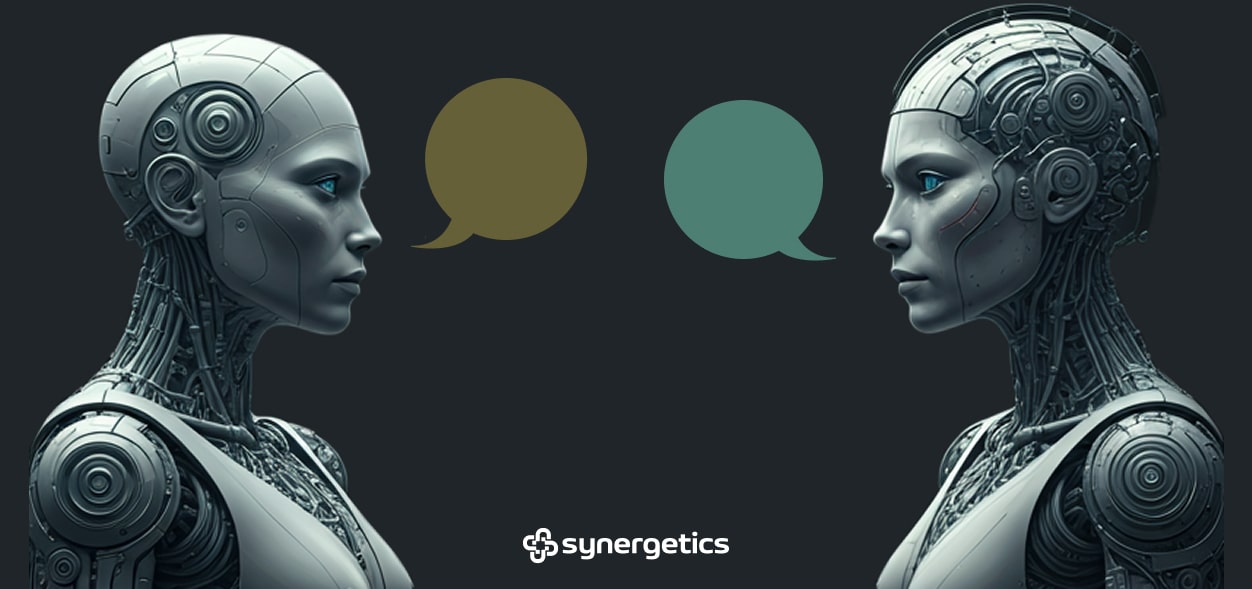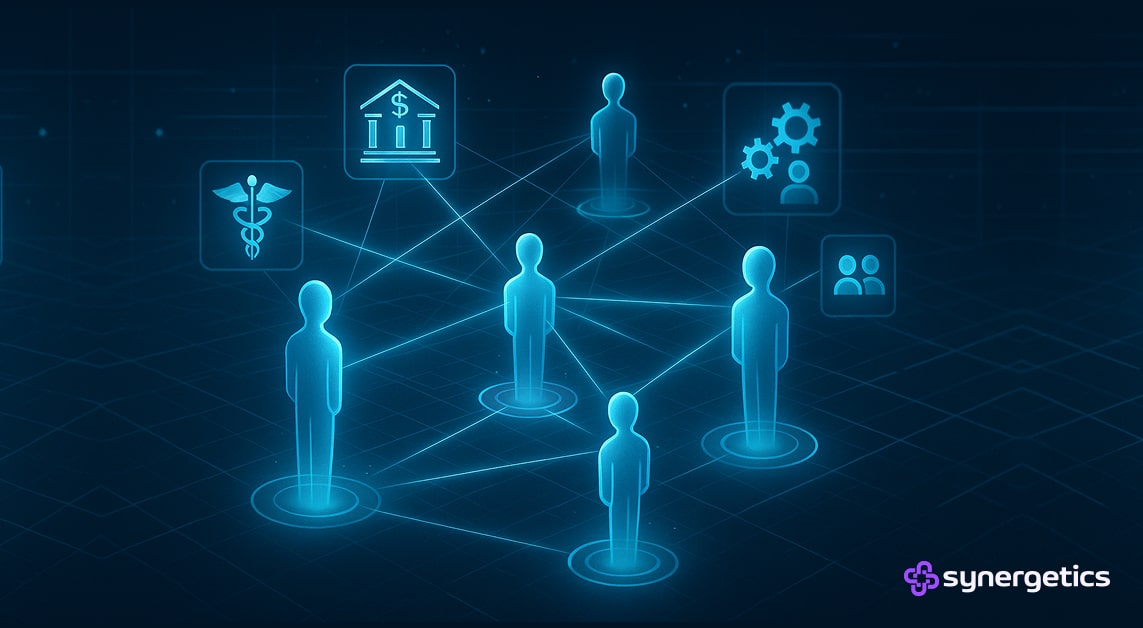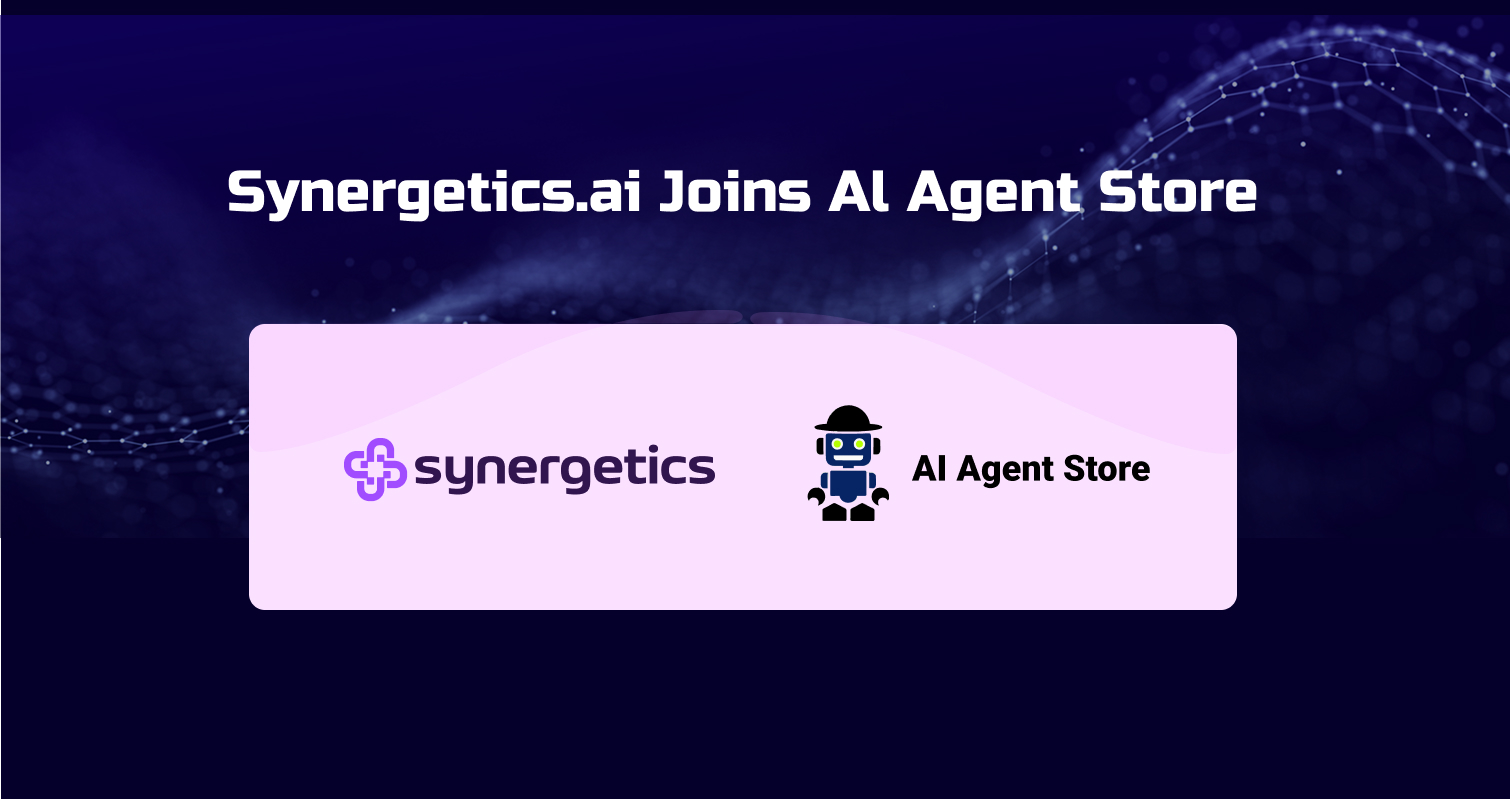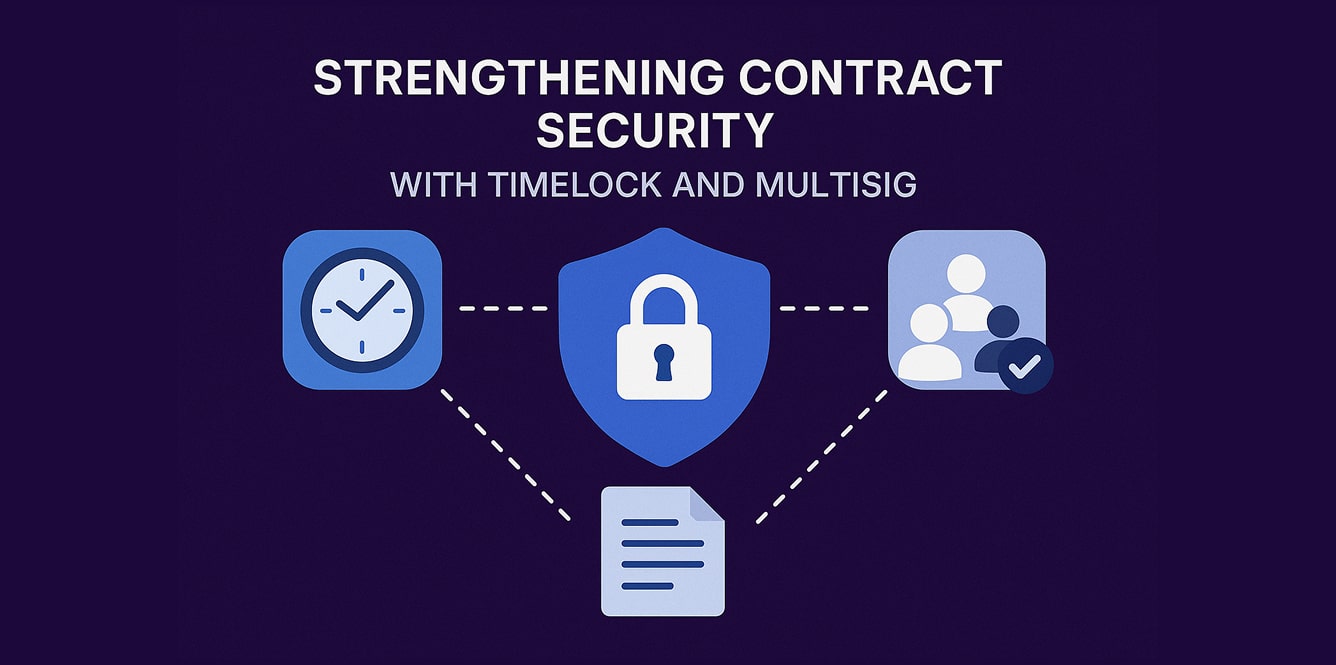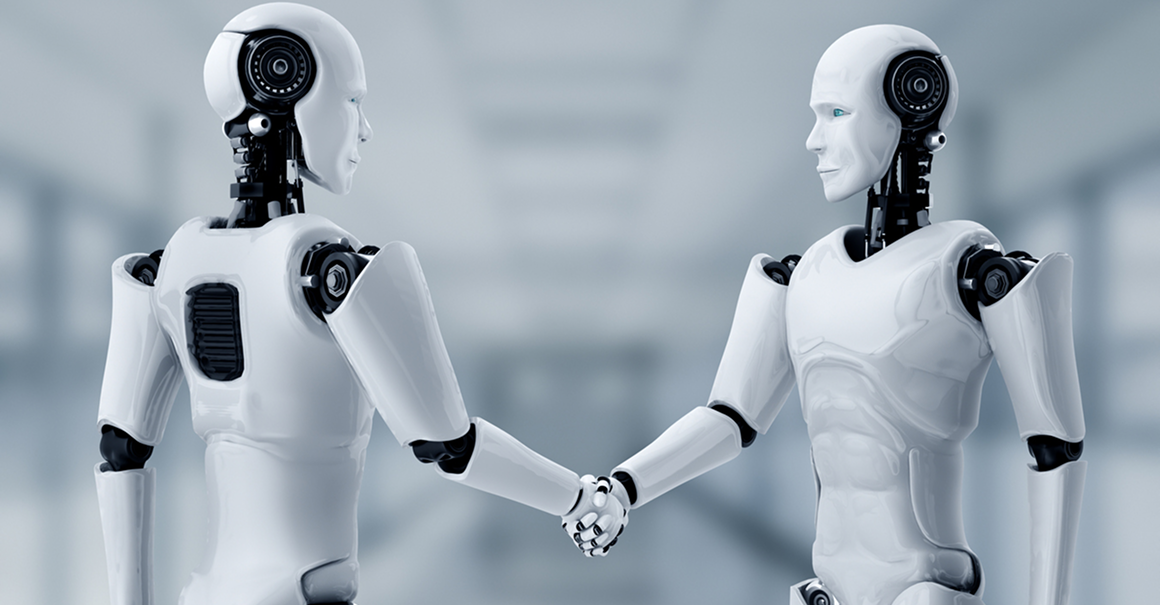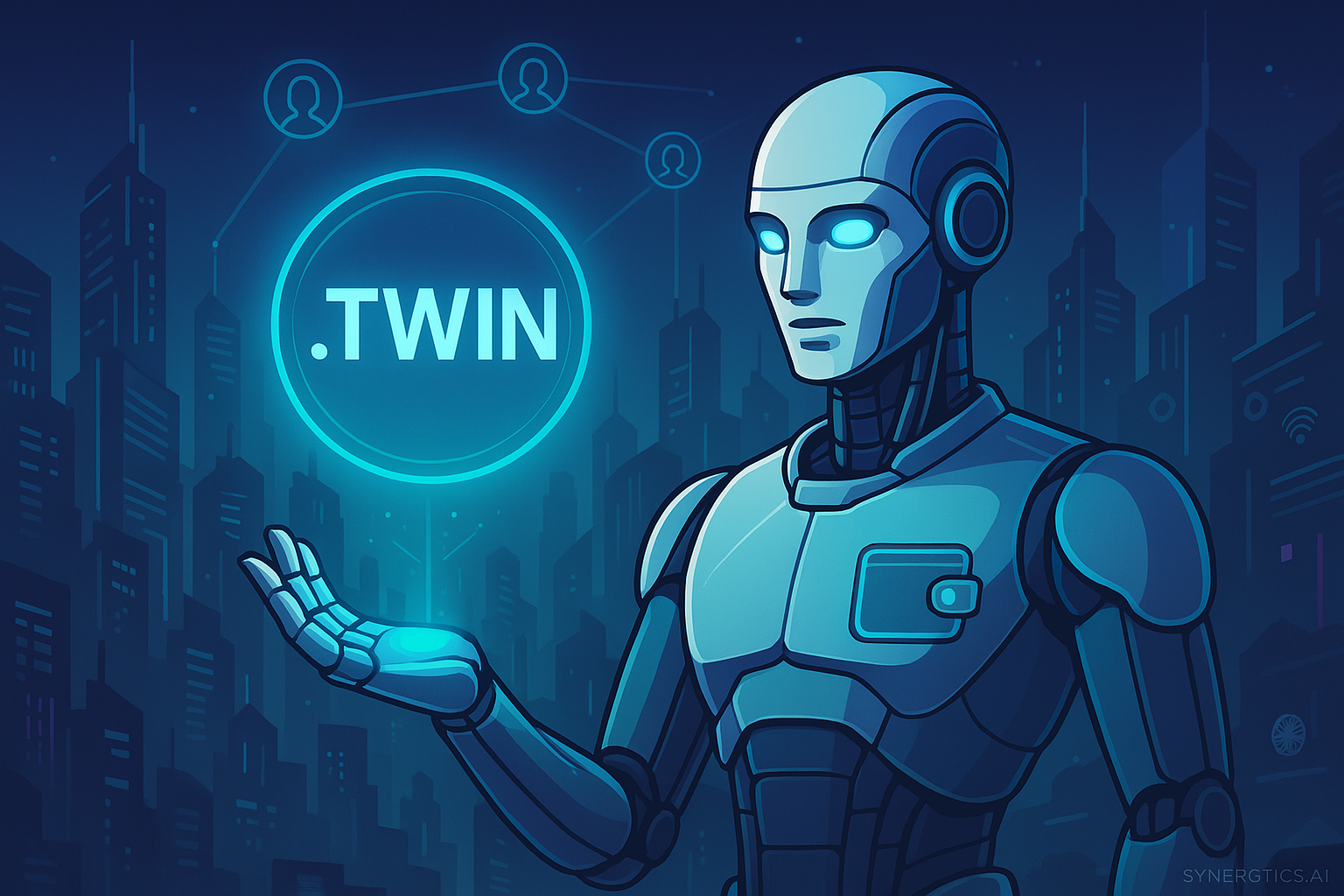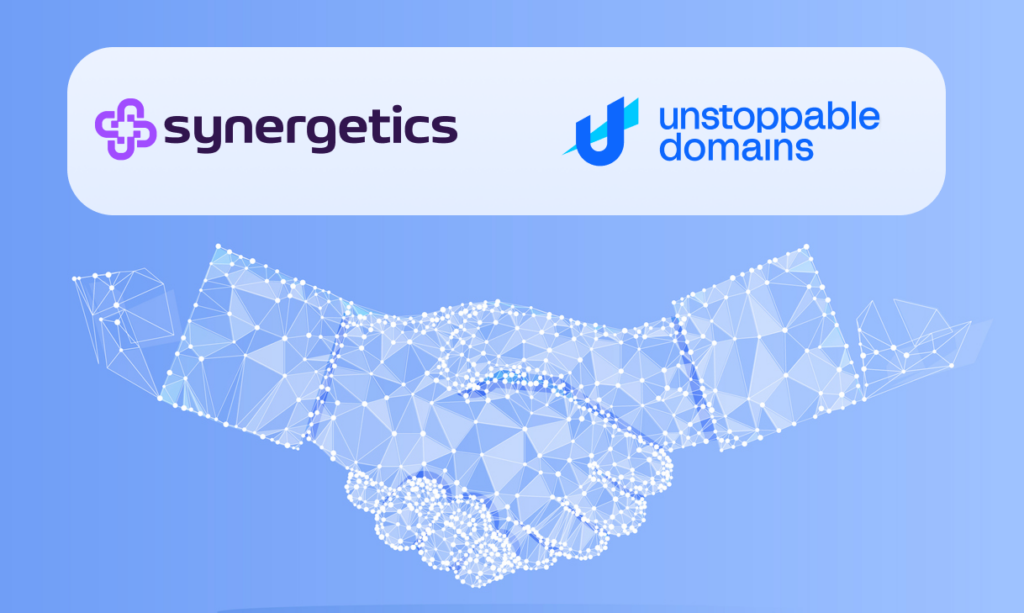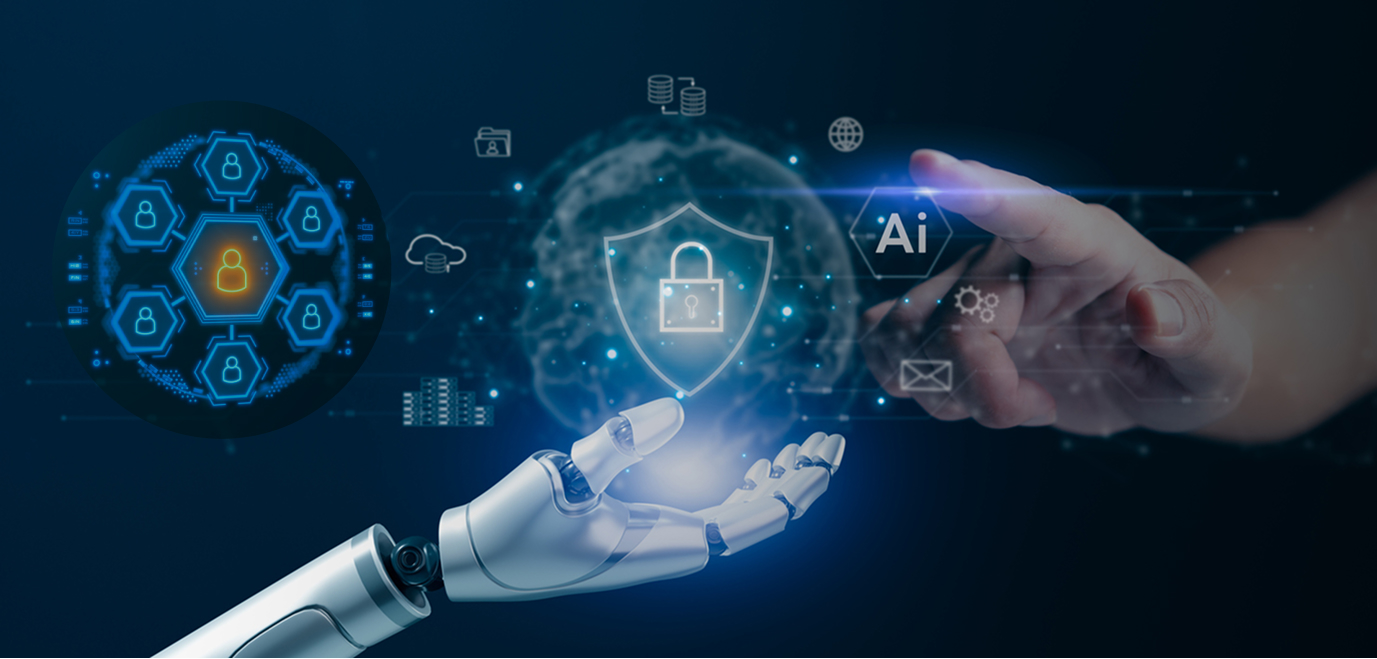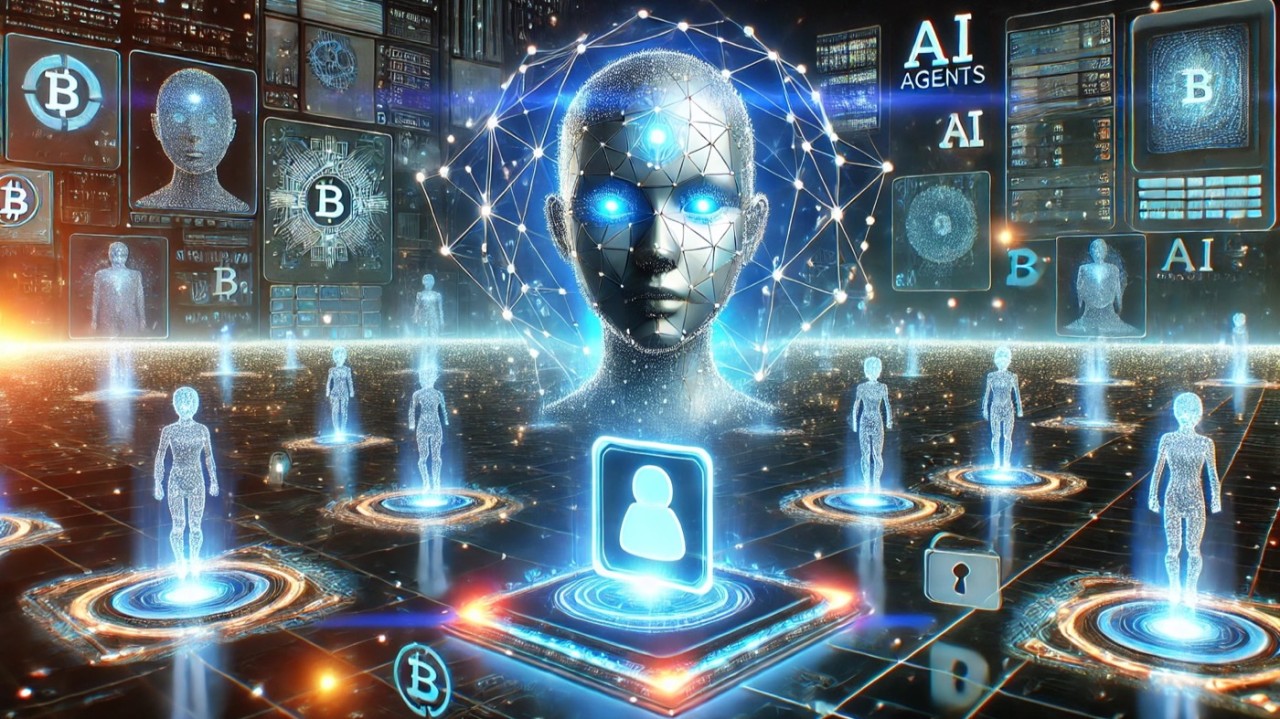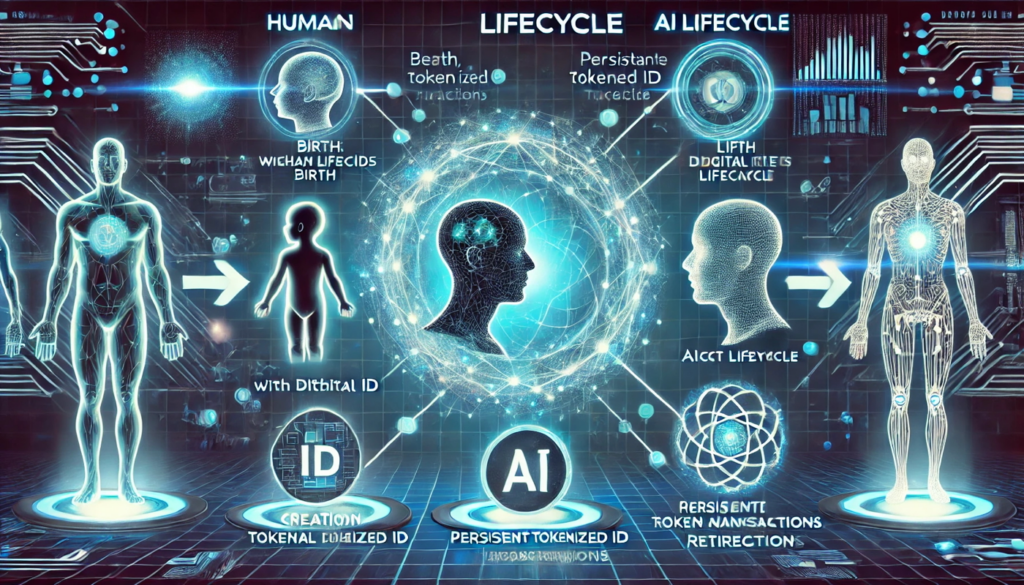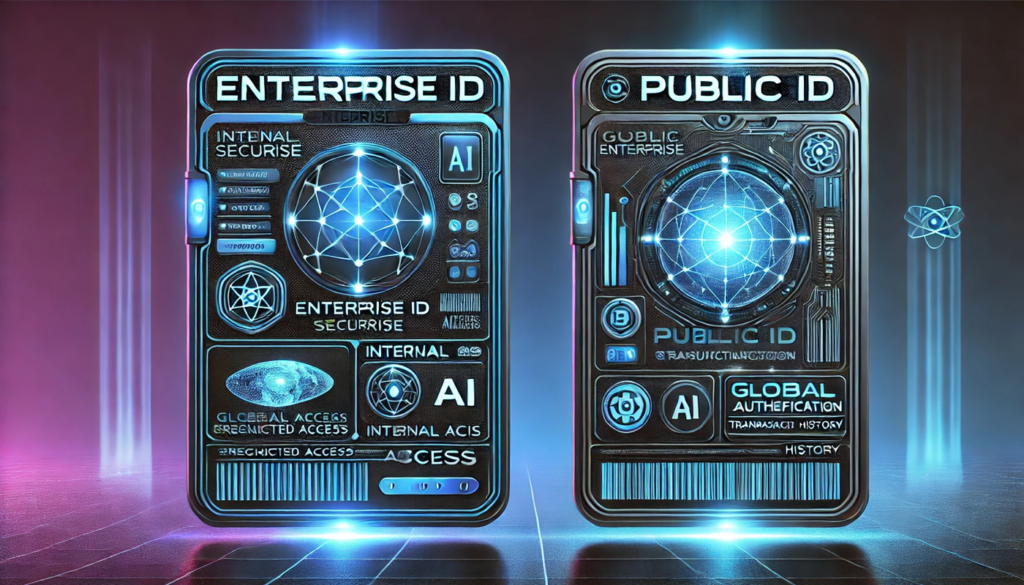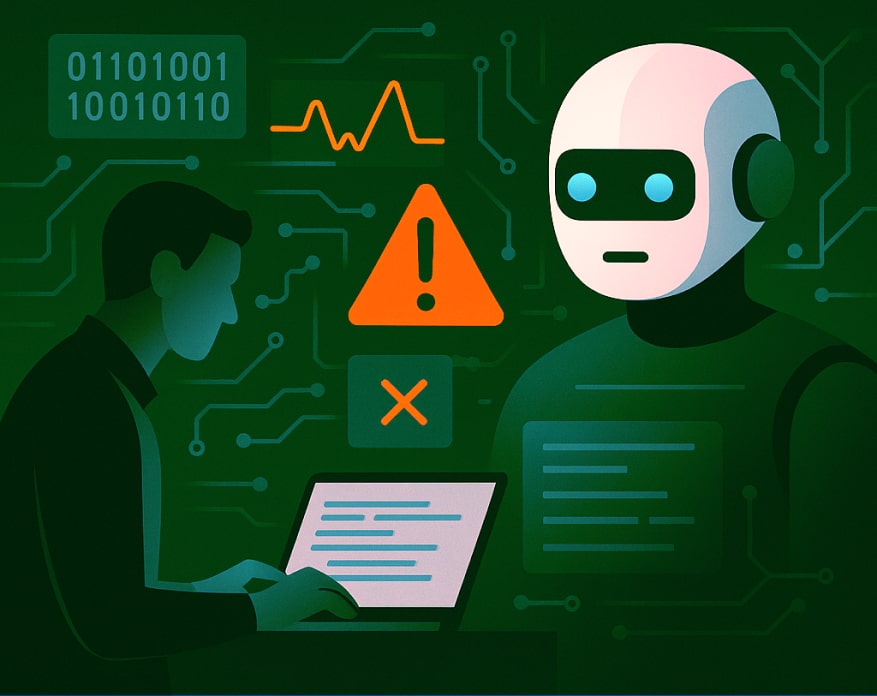
Introduction
AI agents, as described in a 2023 Gartner report, are designed to process data, make decisions, and carry out tasks autonomously. As an AI solutions architect with over a decade of experience, I’ve seen firsthand how these systems transform industries. They can sort through large volumes of information quickly and deliver actions based on learned patterns. When they work well, they save time, reduce delays, and help systems feel seamless to users. But what happens when they get it wrong?
Incorrect responses from artificial intelligence agents can throw everything off. For example, in a recent deployment at a retail client, our AI agent mistakenly recommended winter coats in July due to outdated seasonal data—highlighting the importance of regular dataset updates. These issues do more than hurt efficiency. They interfere with trust, cause delays, and leave both customers and staff frustrated. Misfires can be tricky to catch, especially when AI processes are connected across platforms. Fixing them starts by understanding why they happen and how to trace the problem. Have you ever experienced an AI system making a puzzling mistake? Share your story in the comments below!
Exploring Common Causes of Incorrect Responses
When artificial intelligence agents respond with incorrect or faulty data, there’s usually an underlying reason. These root causes tend to fall into a few categories that pop up across most enterprise platforms.
1. Low-quality or biased training data
AI agents depend heavily on the data used to train them. If that data is outdated, poorly formatted, or overly focused on certain topics or groups, the agent is going to reflect those gaps. For instance, if an HR agent is trained mostly on technical job listings, it won’t respond well to creative role inquiries. The result is a mismatch between input and output that undermines the system’s purpose.
2. Software errors
Bugs and glitches within the AI’s code can easily cause mistakes. Logic errors, unintended consequences of updates, or just missed steps in the flow can cause the system to act unpredictably. Even subtle shifts can lead down very different paths when artificial intelligence is involved.
3. Agent communication breakdowns
Many systems now rely on multiple agents working together across processes. But if communication protocols are misaligned, vital messages may get lost or misunderstood. One agent may expect a type of input the other doesn’t send, creating confusion and wrong answers.
Understanding where these breakdowns happen—whether it’s the data, the code, or the messages—is the first step in getting cleaner and more consistent results from AI agents.
How to Diagnose and Fix Common AI Agent Errors
If an AI agent isn’t acting right, diagnosing the issue starts with careful observation and focused testing. Jumping straight to fixes without digging into the cause can lead to new problems down the line. Instead, use these steps to isolate the issue:
1. Spot inconsistencies
Start by tracking when mistakes happen. Do they follow a pattern? Are certain types of inputs or requests giving wrong responses more often than others? Sometimes issues only show up after specific updates or system changes. Noting these patterns can point toward where to look first.
2. Run small tests
Start with single-variable changes. Whether it’s a minor input tweak or isolating a specific function of the system, small batch testing can tell you which part of the process is causing trouble. Test different paths and compare outcomes to see where things are breaking down.
3. Review logs
Checking communication and system logs is one of the best ways to understand what’s really happening behind the scenes. These logs may show that an agent never received a message, misinterpreted a command, or missed a necessary execution step. For systems that rely on multiple AI agents, this review can be particularly helpful.
By following these AI troubleshooting steps, you’ll quickly identify the root cause of AI agent errors and implement effective solutions for improved accuracy.
Solutions to Improve AI Agent Accuracy
After finding the root cause, it’s time to make improvements that enhance how agents operate. These tweaks don’t have to be extreme or expensive. Many of them involve tuning the key areas that shape how artificial intelligence agents behave.
Start by updating your data
Data is the backbone of an AI agent. But outdated, incomplete, or biased data limits its potential. Take time to refresh your datasets using information that matches today’s real-world environments. Include a wide range of examples so the agent can interact more confidently and avoid gaps in understanding.
Tighten up your tests
Your test setup should include both normal use cases and edge cases. These less common scenarios help you understand how AI agents respond when things aren’t perfect. Test validation should also be repeated occasionally to keep agents responsive to any new patterns or rules introduced over time.
Improve communication across agents
If your system depends on multiple agents passing data between one another, make sure their interactions follow shared rules and speak the same language. Small differences in communication logic can derail entire processes. Making your communication protocols more aligned lowers the risk of missed steps and conflicting outputs.
These small but important improvements can greatly increase the accuracy and reliability of your AI agents, keeping your operations running smoothly no matter the scale.
Preventative Measures for Future Reliability
Once artificial intelligence agents return to stable operations, it’s smart to shift from fixing mode into prevention. These practices help limit future issues and keep systems ready to grow and adapt.
1. Monitor performance regularly
Don’t wait for a problem to take action. Use live safeguards that track how agents respond, catch unusual patterns early, and alert your team about potential trouble. The sooner you find a symptom, the easier the fix.
2. Keep your training data fresh
Avoid setting and forgetting your data sets. Business needs evolve, and so should your AI models. Refresh training data on a rotating schedule based on factors like product updates, customer feedback, and user behavior trends.
3. Enable feedback loops
A system that learns from its successes and stumbles grows stronger over time. Logging and reviewing agent responses—especially mistakes—gives guidance for quick, minor updates that improve how the system performs overall.
These practices keep your system aligned with its purpose and make it easier to scale or shift when business needs change. Artificial intelligence agents that learn, adapt, and evolve with you are a long-term asset.
Keep Your AI Agents on Track with Synergetics.ai
Even advanced artificial intelligence agents can hit bumps in the road. When they do, smart diagnostic work combined with clear processes can bring them back on track. But staying on track requires tools that help you observe, test, adjust, and improve regularly. Reliable performance is built not just on setup but on upkeep and adaptability over time.
At Synergetics.ai, we believe that combining advanced AI tools with expert human oversight is the key to reliable, high-performing agents. Our team regularly reviews agent outputs to ensure they align with your business goals and brand values.
Stay ahead of the curve by investing in solutions that enhance how your artificial intelligence agents operate. Synergetics.ai offers platform tools designed to improve performance, boost accuracy, and strengthen dependability across your systems. Explore our pricing options to find the right fit for your business.


